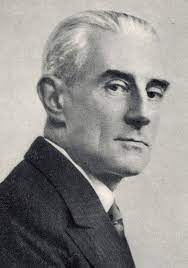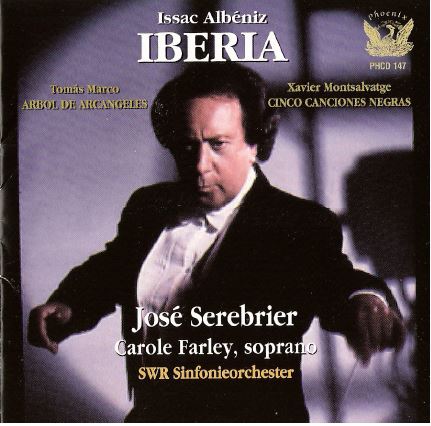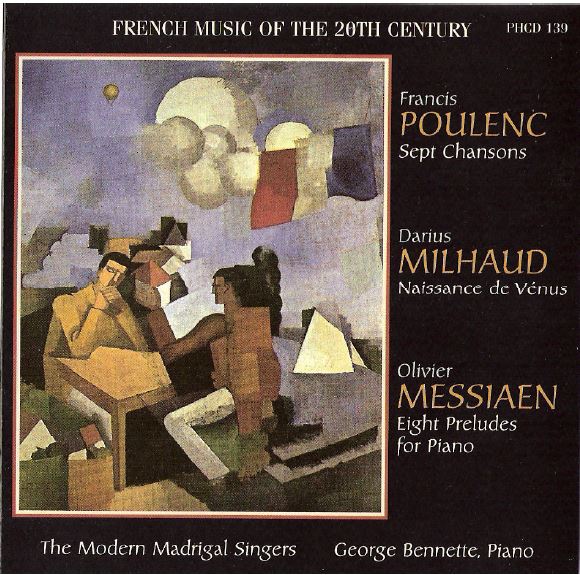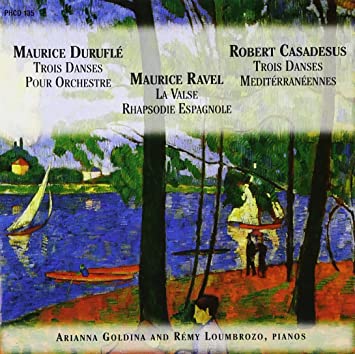
Ravel, Maurice
Maurice Ravel was born in 1875 in the town of Cibourne, in the Basque region of France. He was taken to Paris by his mother shortly after his birth. His father was from Switzerland, and was employed as an engineer. Ravel entered the Paris Conservatoire in 1889 to study both piano and composition. He spent the next six years there, being taught by Fauré, among others. He later returned to the Conservatoire and graduated in 1900. It seems that at least some of his skill at the piano can be attributed to his father, who had won an award on the instrument when younger.
Ravel entered the Conservatoire’s competition for the Prix de Rome four different times, but to no avail. His rejection upset many people besides just himself; among the disgruntled was the director of the Conservatoire, who resigned in protest. From 1914 to 1916 he was an ambulance driver in the First World War, after being rejected for military service. He toured the United States from 1927 to 1928. In 1932, he was involved in an automobile accident, resulting in a concussion from which he never fully recovered. He underwent an operation in 1937, after several years of suffering. It was unsuccessful, and he died in a hospital in Paris shortly after it.
Ravel is generally referred to as an Impressionist, a word which, in the musical world, tends to bring to mind his compatriot, Debussy. During and after hearing one of his works, we are supposed to see a mental image, painted by the music itself. For example, in the second movement of Gaspard de la nuit, subtitled Le gibet, he is painting the picture of a dead man hanging from a scaffold in the setting sun. In a similar vein, the Rapsodie espagnole is intended to evoke an image of Spain, without necessarily using authentic rhythms and melodies. His first major compositions for piano date from the decade between 1899 and 1909, roughly corresponding to the first ten years after his graduation. Among them are Gaspard de la nuit and the Sonatine. His longest work, just shy of an hour, is the ballet Daphnis et Chloé, written for Diaghilev and the Ballet Russe. The work is rarely performed as a ballet, but is very popular as a concert piece. The work of his best known outside classical circles is undoubtedly Boléro. It’s incredible popularity eventually annoyed even the composer. The work was choreographed and performed to overwhelming success at the hands of Torvill and Dean, the renowned British ice dancing couple, in the mid-1980’s.
Today Ravel is known for writing music in all genres, from solo piano to full orchestra, and from single voice to choral and operatic works. Perhaps he is best known for his beautiful and very innovative piano music. However, this is not to belittle his sensitivity to the tone color of the various instruments. This sensitivity is overwhelmingly evident in all his chamber and orchestral works, and particularly in his own transcriptions of some of his piano works.
Much of Ravel’s music is titled by the impression it means to convey. For example, Tzigane, whose title is a French word meaning gypsy, is intended to evoke an impression of the Roma who live throughout central Europe. However, there exists a fair number of works that are not so explicitly titled. Among this group of pieces some of his greatest works can be found, including the two piano concertos. Despite their rather unevocative titles, they do give distinct impressions. The Piano Concerto in G evokes the jazz style of the time. The Piano Concerto in D for the Left Hand was written for Paul Wittgenstein, who lost his right arm in the First World War, and went on to commission a number of works in a similar vein from various composers. It evokes a kind of pain mixed with fury, but leading to contemplation and finally triumph. His piano concertos were both written in the two years before his car accident. It is ironic that the triumphant anger which concludes the concerto for left hand should be countered by the tragic car accident that occurred shortly after.
The concertos were not his last works, but they are the last ones written in the fullness of his health. Taken alone, they are enough to mark Ravel as a brilliant orchestrator, and a masterful writer for the piano. Taken with the rest of his body of works, they mark him as one of the finest composers of the twentieth century, and of all time. MAURICE RAVEL (1875-1937)


